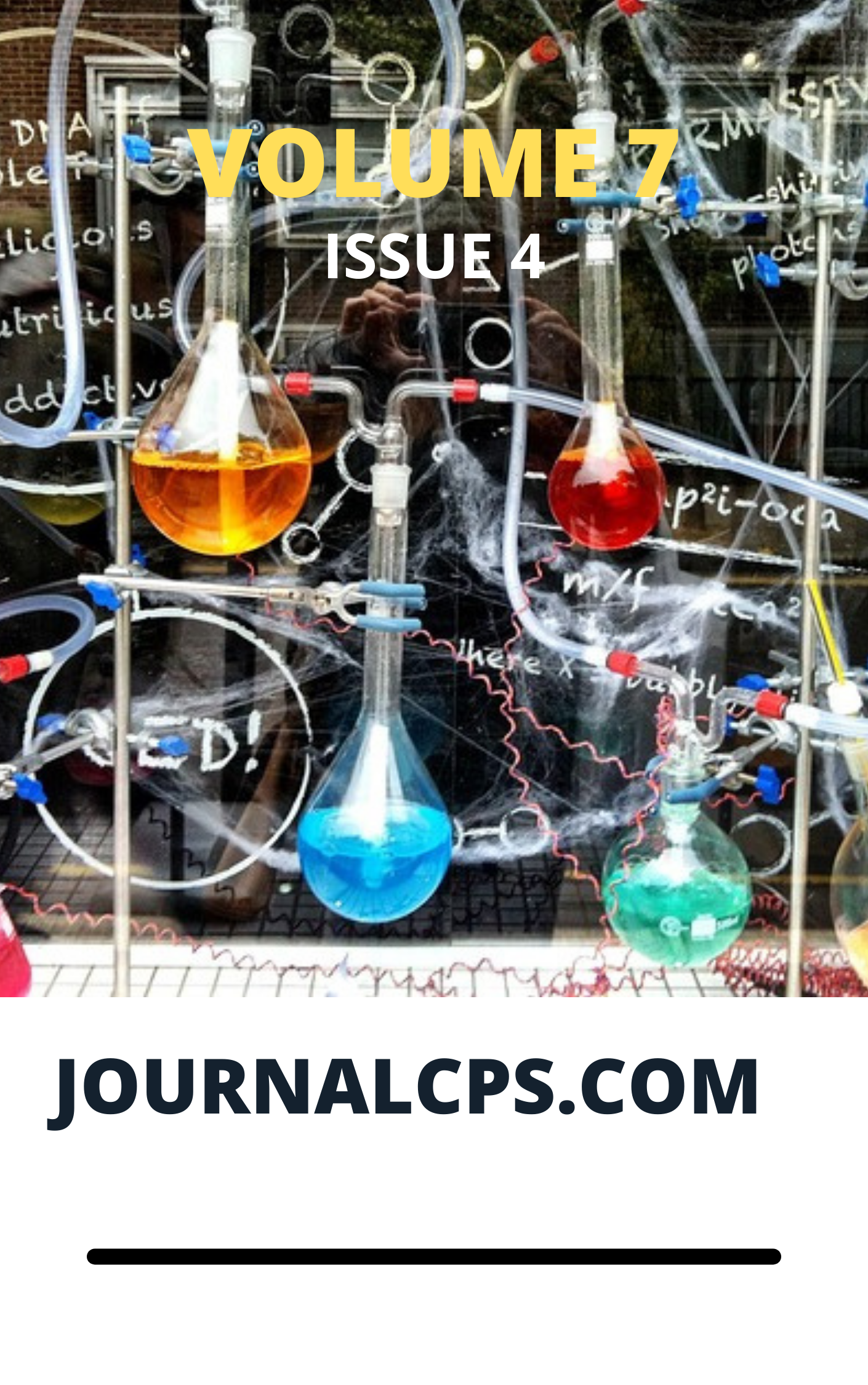Integrating Artificial Intelligence with Assistive Technology to Expand Educational Access through Speech to Text, Eye Tracking and Augmented Reality
Keywords:
artificial intelligence, assistive technology, speech-to-text, eye-tracking, inclusive education, curriculum integration, educational AI, universal design for learningAbstract
This study investigates the integration of artificial intellig3ence-powered assistive technologies (speech-to-text, eye-tracking, and augmented reality) within educational curricula to enhance accessibility for students with diverse learning needs and physical disabilities. Through a mixed-methods approach involving 240 students across 12 educational institutions, we implemented and evaluated an AI-driven assistive technology framework that adapts to individual learner profiles and provides real-time accessibility support. Results demonstrate significant improvements in learning outcomes (Cohen’s d = 1.23), student engagement (78% increase), and curriculum accessibility (92% of previously inaccessible content became accessible). The integrated AI system successfully personalized assistive interventions, reducing cognitive load by 34% and improving task completion rates by 56% among students with disabilities. These findings provide evidence for the transformative potential of AI-integrated assistive technologies in creating truly inclusive educational environments and offer a scalable framework for institutional implementation.
Downloads
Published
Issue
Section
Similar Articles
- Humphrey Ibifubara, Hassan Saheed Ayobami, Erusiafe Nald Ese, Design And Implementation of Cost Effective SMS-Based Online Voting System for Credible election in Nigeria , Communication In Physical Sciences: Vol. 12 No. 2 (2025): VOLUME 12 ISSUE 2
- Ademilola Olowofela Adeleye, Oluwafemi Clement Adeusi, Aminath Bolaji Bello, Israel Ayooluwa Agbo-Adediran, Intelligent Machine Learning Approaches for Data-Driven Cybersecurity and Advanced Protection , Communication In Physical Sciences: Vol. 7 No. 4 (2021): VOLUME 7 ISSUE 4
- Olatunde Ayeomoni, Enhancing Data Provenance, Integrity, Security, and Trustworthiness in Distributed and Federated Multi-Cloud Computing Environments , Communication In Physical Sciences: Vol. 11 No. 4 (2024): VOLUME 11 ISSUE 4
- F. S. Bakpo, A Petri Net Computational Model for Web-based Students Attendance Monitoring , Communication In Physical Sciences: Vol. 1 No. 1 (2010): VOLUME 1 ISSUE 1
- M. Musah, M. M. Ndamitso, H. Yerima, J. T. Mathew, G. O. Iwuchukwu, Nutritional Assessment of Vigna unguiculata sub spp. sesquipedalis Seeds , Communication In Physical Sciences: Vol. 5 No. 4 (2020): VOLUME 5 ISSUE 4
- Bayode Adeyanju, Development and Application of a Novel Bi-functional Heat Treatment Furnace: A Review , Communication In Physical Sciences: Vol. 12 No. 5 (2025): Vol 12 ISSUE 5
- Oyakojo Emmanuel Oladipupo, Abdulahi Opejin, Jerome Nenger, Ololade Sophiat Alaran, Coastal Hazard Risk Assessment in a Changing Climate: A Review of Predictive Models and Emerging Technologies , Communication In Physical Sciences: Vol. 12 No. 6 (2025): Volume 12 ISSUE 6
- Usman Umar Modibbo, John Stanley, Martins Moses, Victoria John Danjuma, Nutritional and Chemical Characterization of Avocado Oil from Three Cultivars in Mambila Plateau, Taraba State, Nigeria , Communication In Physical Sciences: Vol. 12 No. 6 (2025): Volume 12 ISSUE 6
- Hauwa Muhammad, Estimated Dietary Intake of Essential Trace Elements from Selected fruits and vegetables in Minna town, Nigeria , Communication In Physical Sciences: Vol. 12 No. 3 (2025): VOLUME 12 ISSUE 3
- Joseph Reuben Wartu, Sani Sambo Datsuqwai Mohammed, John Idakwoji , Regulatory Gene, aflaR Identification of Aflatoxigenic Moulds and total Aflatoxin estimation in Digitaria exilis and Digitaria iburua sold within Kaduna Metropolis , Communication In Physical Sciences: Vol. 9 No. 1 (2023): VOLUME 9 ISSUE 1
You may also start an advanced similarity search for this article.




